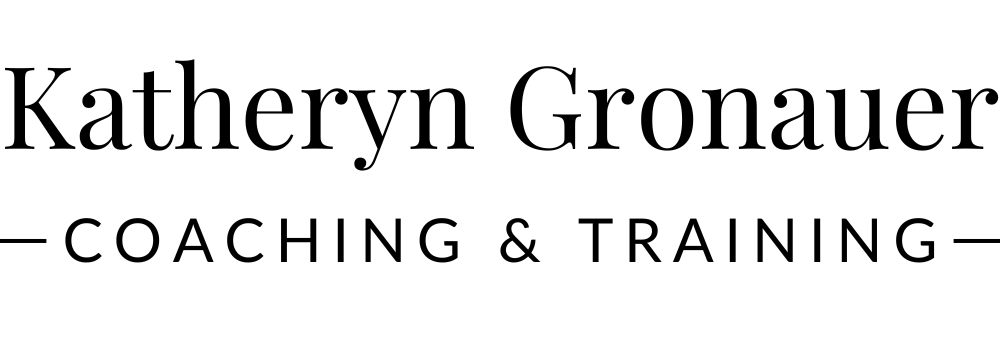Case Study: Matthew has a decision to make
Matthew is a senior consultant in people management who is coming to the end of his 1-year sabbatical, and he’s not excited about the idea of returning to a high stress environment. He’s been wondering whether he should just go back, if there is another job he could apply for, or if he should start thinking about a project he wants to do.
He has had this idea in the back of his head about a project which involves helping immigrants match to the right judges that understand their unique cases. This came from hearing stories through his lawyer friends and realizing that his background in People Management could solve this problem as he could develop a platform as a matching tool.
But right now his primary concern is going back to work or finding another job so he can make enough money in the next 5 years or so to fund his retirement, though finding another job doesn't excite him.
He's struggling between following his passion and being financially secure. What should he do?
Here is what Matthew decided (and how, through coaching)
Coaching Goal #1: Identifying what other possibilities there are
Typically when we are facing a dilemma between two things (in this case, following his passion vs getting a full-time job to be financially secure), we are in a frame of mind where we feel that those are the only options.
So, I asked Matthew what other revenue options he has. He came up with a few ideas:
An offer at a company where he’ll make a good chunk of revenue for part-time work
He could be a professor at a local university which would bring in some income without him having to have a huge time commitment
Some of his friends are independent consultants; he realizes he could be an independent consultant who does the same work he does for a company but without the pressure of targets or long hours
Coaching Goal #2: Exploring what it would look like if he only had the option to do his project
The first coaching goal was to help Matthew think really broadly about different ways in which he could support himself financially. This time, we want to ask him a very narrow question that explores what life would look like if he pursued his passion project.
Matthew realized what steps he would need to take to bring his idea to fruition, including getting the word out about his project, visualizing the kind of platform he wants to create, bringing in experts who can help design the platform, and launching the platform to the network of lawyers in the area.
Coaching Goal #3: Putting the ideas together
The next thing I asked Matthew is that in light of the options he has for financial security as well as seeing what steps he’ll need to take to build his passion project, how could he spend the next 5 years working towards both?
He realized that he doesn’t want to go back to a full-time job (as the hours would prevent him from doing his passion project) and that he wants to allocate 10 hours of time per week to his passion project.
Now all he has to do is set his revenue goal and make sure his time dedication is less than 30 hours per week (assuming we are going based on a traditional workweek model).
What about you?
If you were to re-read this dilemma again with coaching questions in mind, would you still take the same path you originally thought?
It’s interesting to see what people decide, isn’t it? Every person is different, so even the same coaching sequence can lead to a different result - as long as the participant feels they are moving forward in alignment with their needs, it’s a win!


